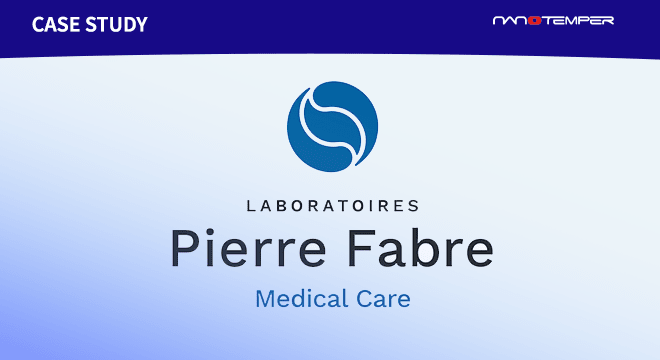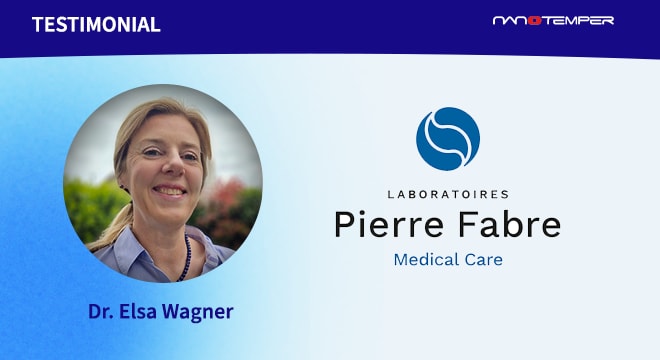Dynamic Light Scattering (DLS) is a technique that allows researchers to accurately size their biologic molecules and determine the distribution of particle sizes in a solution. In order to turn scattering information from a system into usable data for decision making, DLS software uses an autocorrelation function (ACF).
The ACF can often seem like a black box for researchers, but understanding how it works and what a good fit looks like is crucial for data analysis. Both experts and novices can benefit from a review of how the ACF is generated and how to assess data quality. In this seminar, you will learn:
- What is DLS (a brief overview)
- What DLS information goes into an ACF
- How an ACF is generated
- What the different fit models mean for your samples
- What impact contaminants and poor sample prep can have on your ACF data



















